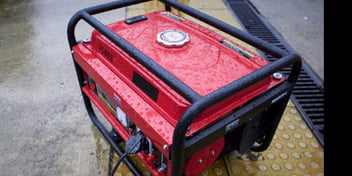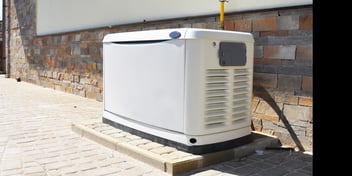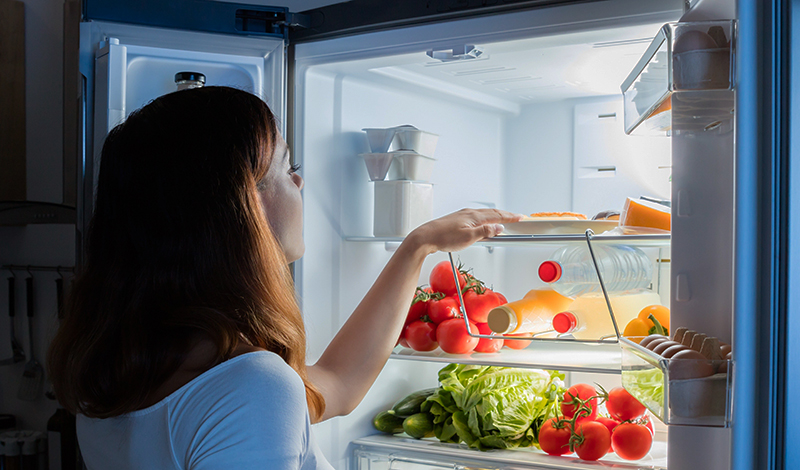Refrigerated or frozen food may not be safe to eat after loss of power to your appliances. But how can you tell? Here are some guidelines to keep your food safe and edible during a power outage or decide when you need to throw it away to avoid getting sick. Heck, maybe you should just get standby power, so you never have to think about it again!
For those still sitting in the dark smelling foods and wondering if it’s still edible, here are some basic guidelines set by the CDC. Before we get in too deep, keep in mind, if you live in a colder region, you could easily gather snow in the winter to keep food cold longer while someone in a hot climate really has less time to trust food.
When a power outage hits, the CDC says you should keep the fridge/freezer doors closed as much as possible. If the doors stay closed, food will stay safe for up to four hours in a refrigerator and 48 hours in a full freezer or 24 hours in a half-full freezer.
If the power is out for four hours, and a cooler and ice are available, put refrigerated perishable foods in the cooler. To keep them at 40°F or below, add ice or a cold source like frozen gel packs to buy more time. Maybe even prepare for an event like this with an ice block always frozen in the freezer.
After the power comes back, never taste foods that have been prone to warm temperatures for over that four-hour mark. The CDC says, “When in doubt, throw it out.”
Throw out perishable food in your refrigerator like meat, fish, cut fruits and vegetables, eggs, milk, and leftovers. Unless you have been able to move those items to a larger freezer or add ice, if it’s been four hours or more—they will probably have spoiled. Food that develops odors or a noticeable color change should be thrown out. If the food temp rises over 40°F, then throw it away as well. If you have an appliance thermometer in your freezer, check to see if it is still at 40 °F or below. You can safely refreeze or cook thawed frozen food that still contains ice crystals or is at 40 °F or below.
We are always here to help you steer clear of these avoidable problems of everyday life. If you had a home standby generator or a larger portable unit, you could easily run a couple extension cords to your refrigerator/freezer or simply hit transfer switch and start your standby to keep the appliances going strong when a power outage hits. We’d gladly go over your home’s needs and get you set up with the right power option so that you never miss a beat or waste food again.
Call (877) 363-0349 or visit
https://generatormart.com/collections/home-stand-by-generators
RELATED POSTS
Proin auctor nibh vitae urna lobortis, in vulputate erat facilisis. Sed lacinia lorem eget orci finibus, et maximus nisi sagittis.

A Guide To Choosing A Portable Generator For Food Truck Owners
Food trucks and portable generators go together like peanut butter and jelly. Below we’ll go through how to pick the best portable generator for your...
Read more »
Benefits of Using a Portable Generator
No one likes to be without power at their house — food in your fridge may go bad, the sump pump doesn’t work, your heat or AC won’t work, and more....
Read more »
How to Choose the Right Generator
In an ideal world, there wouldn’t be natural disasters that cause wide-spread power outages, property damage, and loss of life. But the unfortunate...
Read more »
